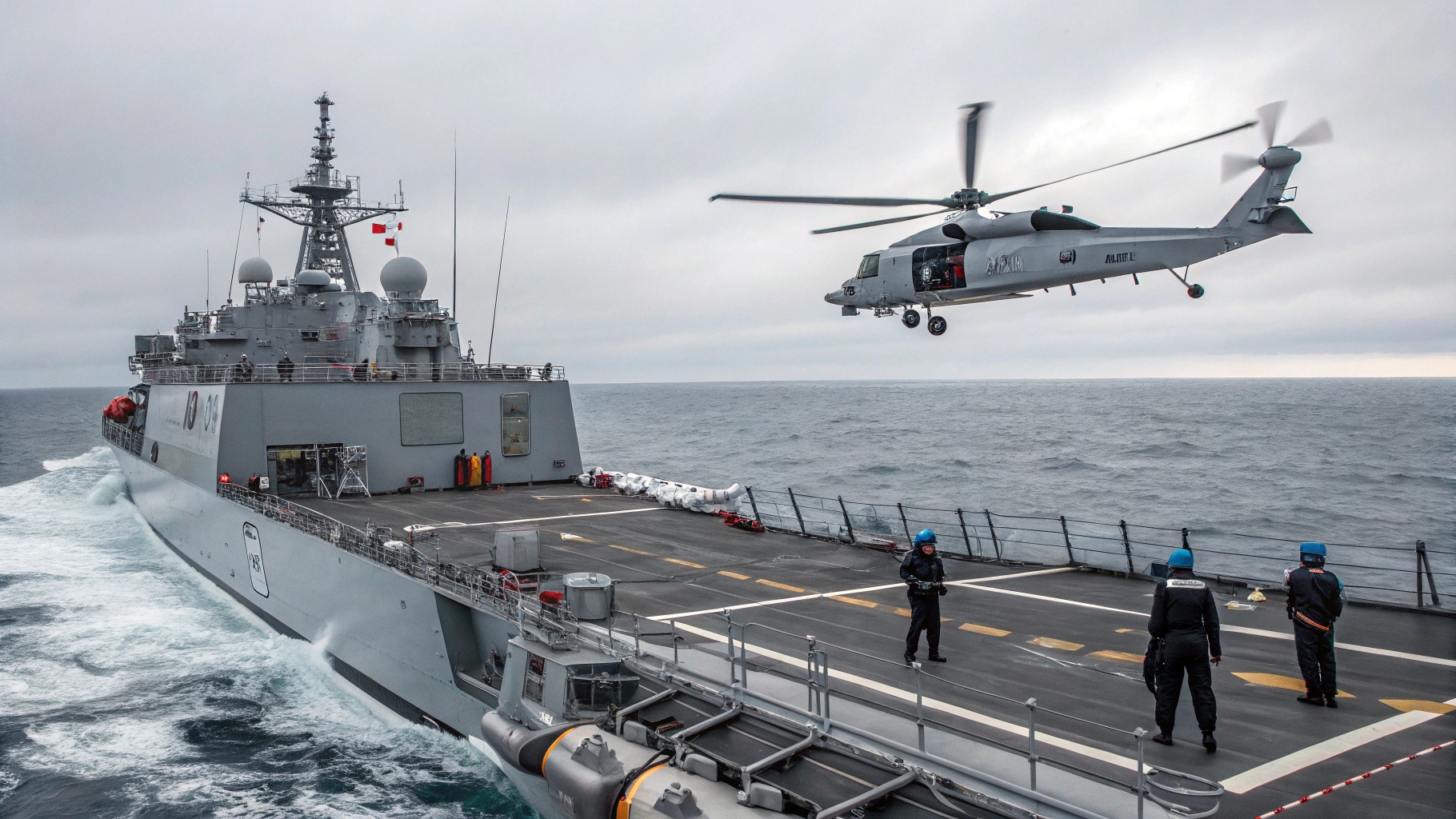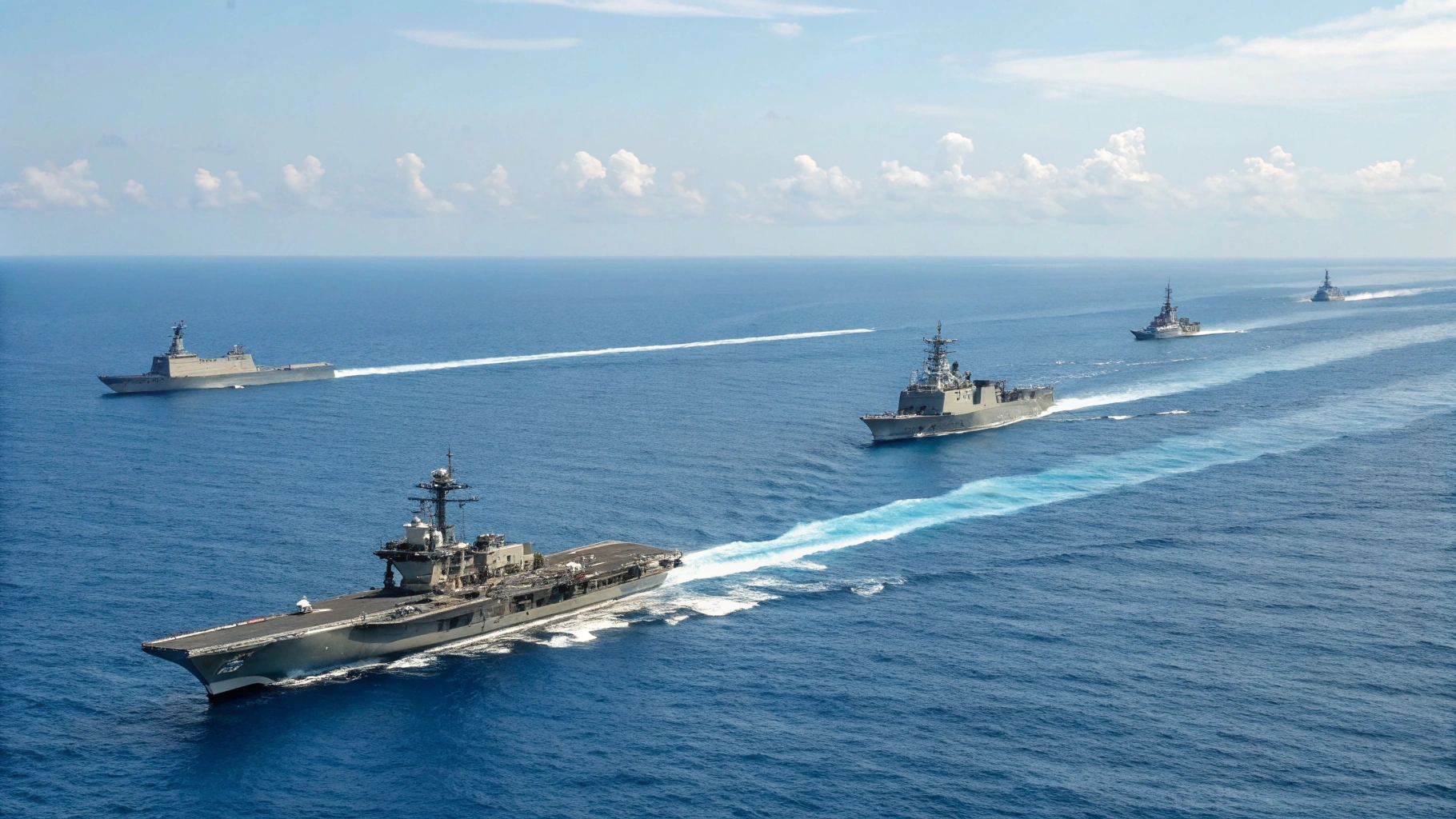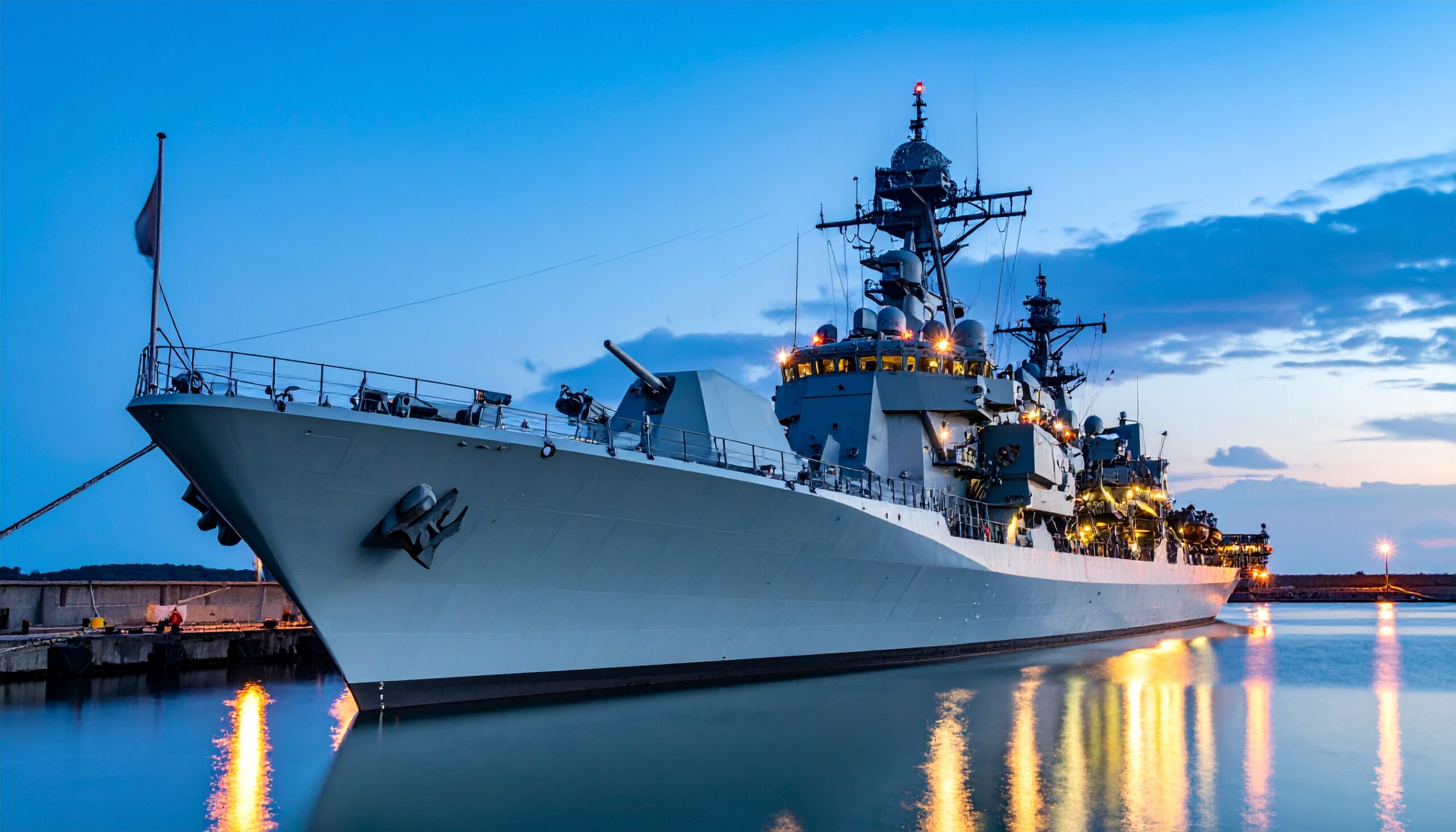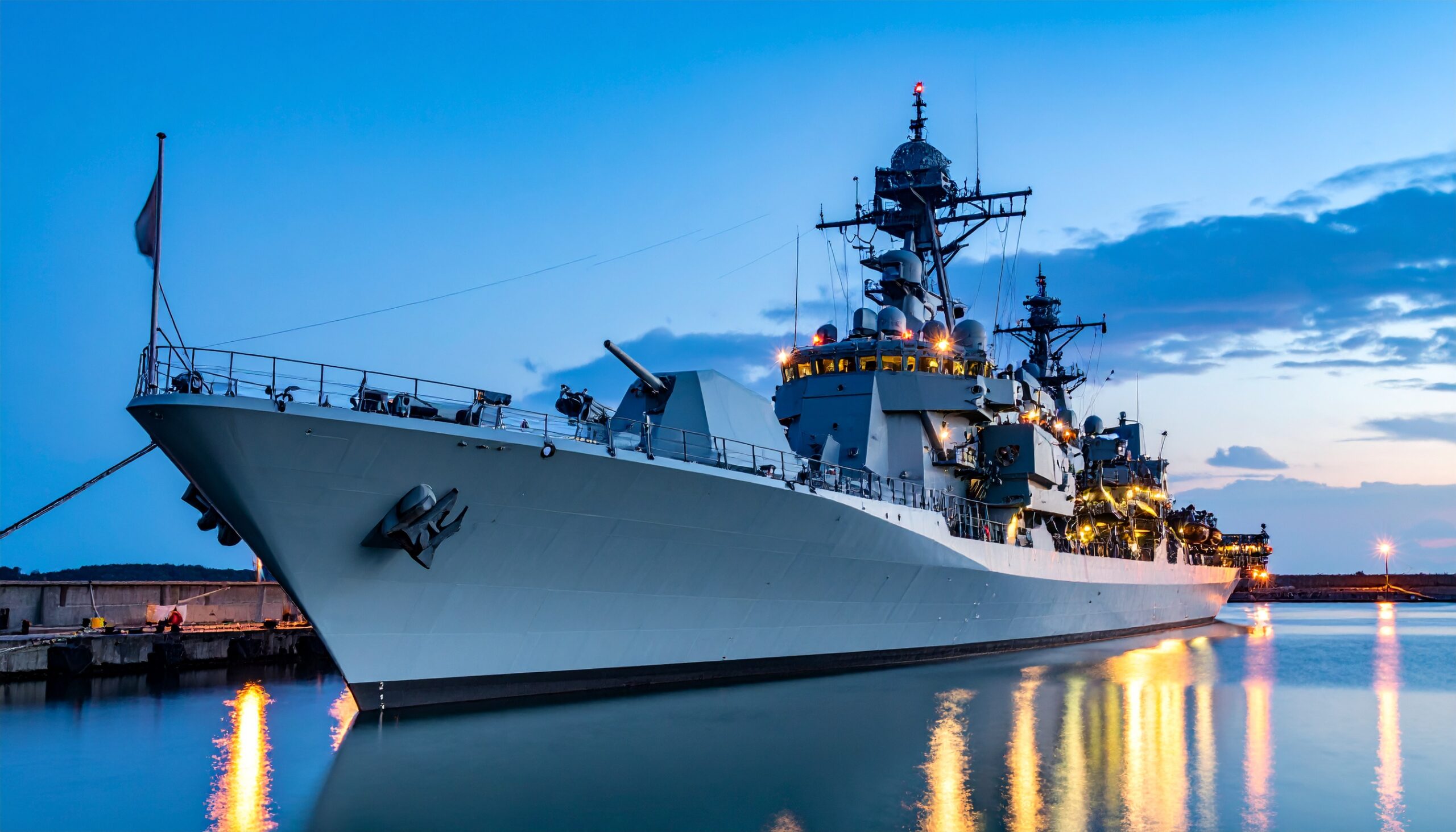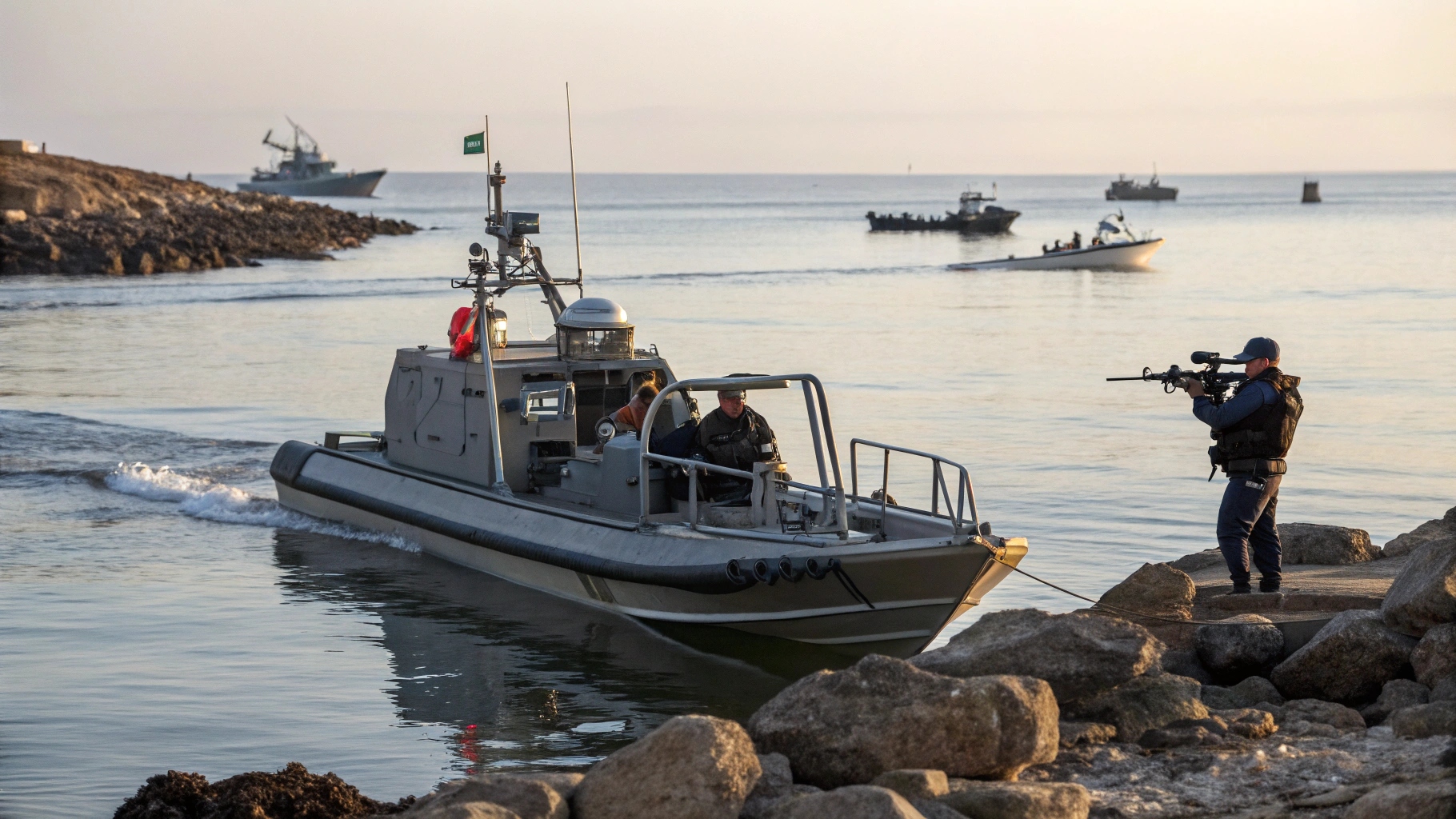
Australia, Japan, and the United States have officially signed their first-ever trilateral agreement focused on strengthening logistics coordination and maritime interoperability. The landmark pact is designed to enhance the efficiency of joint naval missions, ranging from routine deployments to crisis response operations.
Under this agreement, the three nations will streamline their sharing of information, technologies, and operational procedures, ensuring that naval forces from each country can function cohesively during multinational missions. A key component of the accord is the integration of logistics planning into joint exercises, covering critical support tasks such as ship and aircraft repairs, airfield restoration, and medical evacuations during combat or humanitarian situations.
This trilateral initiative builds upon longstanding bilateral cooperation among the three allies. For example, the U.S. Navy, Japan Maritime Self-Defense Force, and Royal Australian Navy have already been working together in missile reloading operations and refueling missions at sea.
Further advancing this collaboration, the U.S. Navy’s Naval Sea Systems Command is now testing innovative prototype systems that allow for the transfer of missile canisters between vessels in high seas. These systems are designed to be compatible with the MK-41 vertical launch systems, commonly used across U.S. and allied warships. Extensive testing is scheduled to continue into 2025 and 2026.
The trilateral pact not only cements existing alliances but also expands logistics and rearming capabilities in the Indo-Pacific, reinforcing the collective maritime strength and operational readiness of the three nations.


